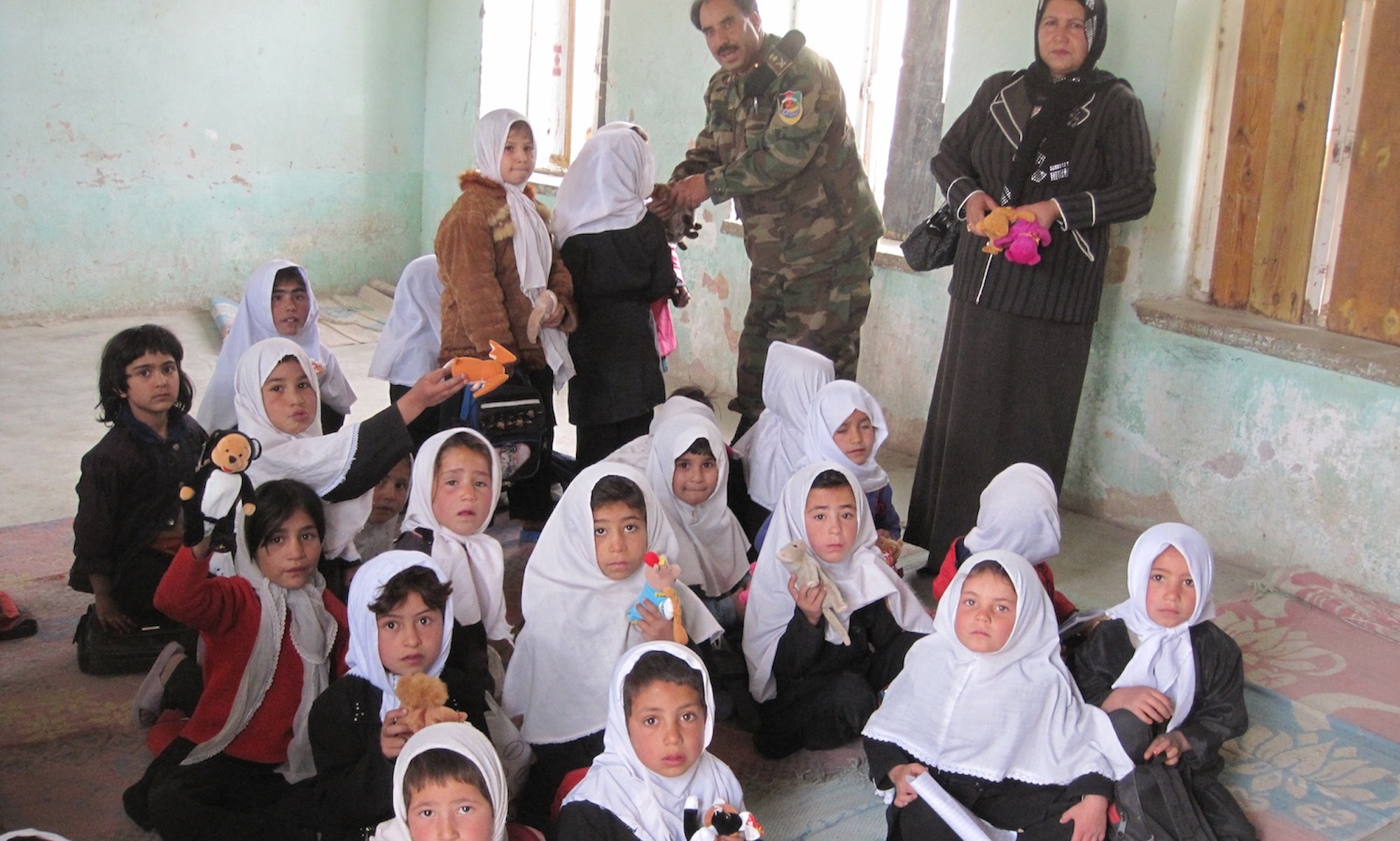This book critically examines the role of outreach within the application of international justice in post-conflict settings. The assumption that justice brings peace underpins much of the thinking, and indeed action, of international justice, yet little is known about whether this is actually the case. Significant questions surrounding the link between peace and justice remain: do trials deter would-be war criminals; is justice possible for the most heinous crimes; can international justice replace local justice? This book explores these questions in relation to recent developments in international justice that have both informed and shaped the creation of the hybrid tribunal in Sierra Leone. This was the first hybrid tribunal to be based in situ, equipped with a dedicated Outreach office. Outreach was seen as essential to ensuring that expectations were managed for what was ultimately a limited judicial mechanism. Yet, there is little evidence to support the claim that Outreach garnered wide-spread acceptance of the Special Court. This book explores the challenge and tensions in communicating the role of international justice in a post-conflict setting. The goals of international justice after conflict are clear: hold fair and transparent trials of alleged perpetrators under the strict adherence to international judicial procedures in order to establish accountability for the worst crimes against humanity. The assumption being that this will contribute to peace by firmly drawing a line under the past in order to move forward peacefully. This has been evident with the recent drive towards international judicial intervention after conflict in places such as the former Yugoslavia, Uganda and Afghanistan. But so far these assumptions remain largely untested. Few empirical studies examine how justice contributes to peace and within these instances, how the complexity of international justice mechanisms have been communicated to their respective audiences in order to foment wide-spread knowledge and understanding of the processes. This book addresses this deficit by testing these assumptions on the ground in a post-conflict setting in West Africa.

INSCT Postconflict Research Database
The Institute for National Security and Counterterrorism's Postconflict Research Database & Analysis Project stores cross-indexed bibliographic information on hundreds of journal articles, books, book chapters, and case reports that address the broad, interdisciplinary fields of postconflict reconstruction, stabilization, and peacebuilding.